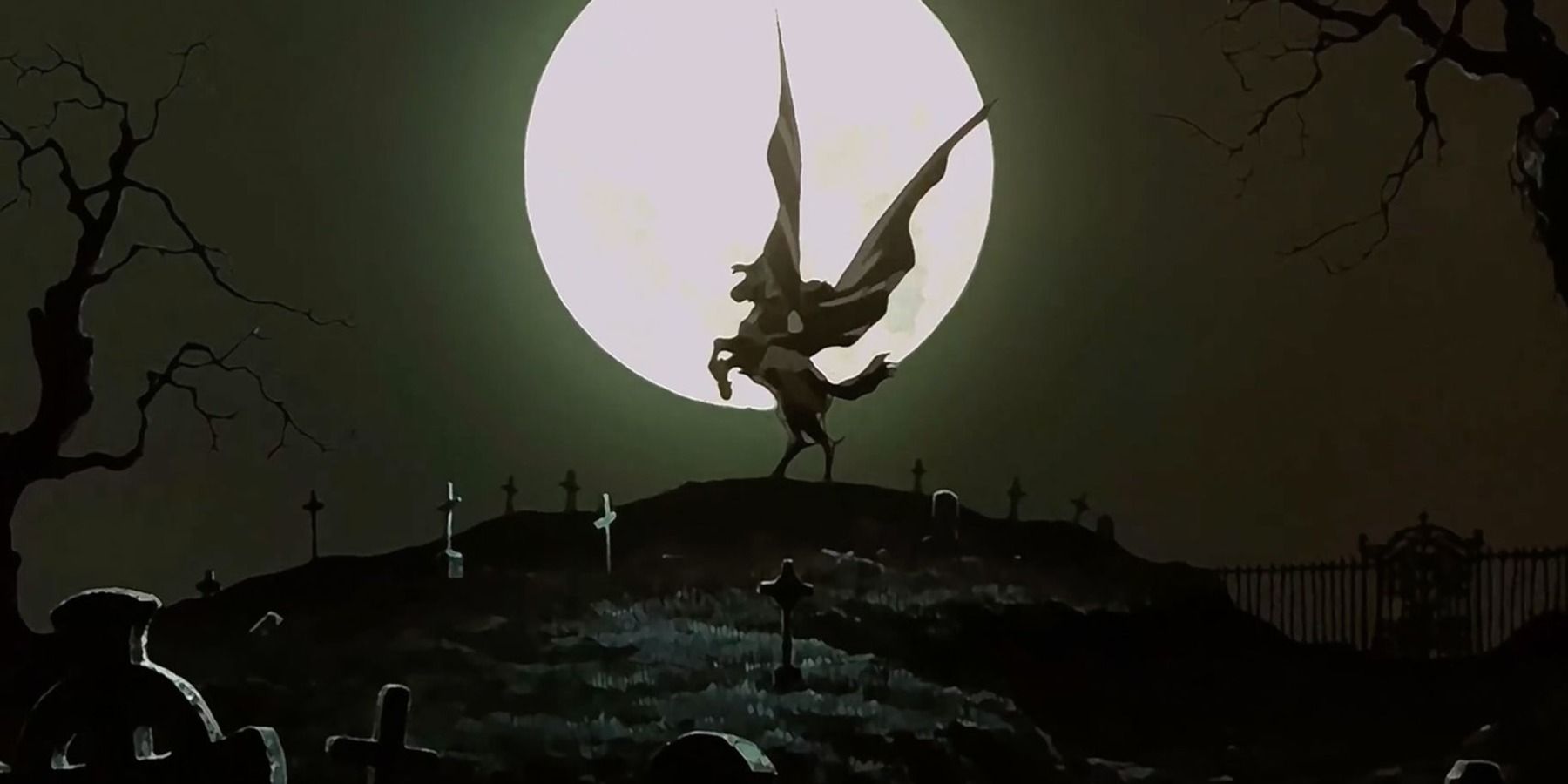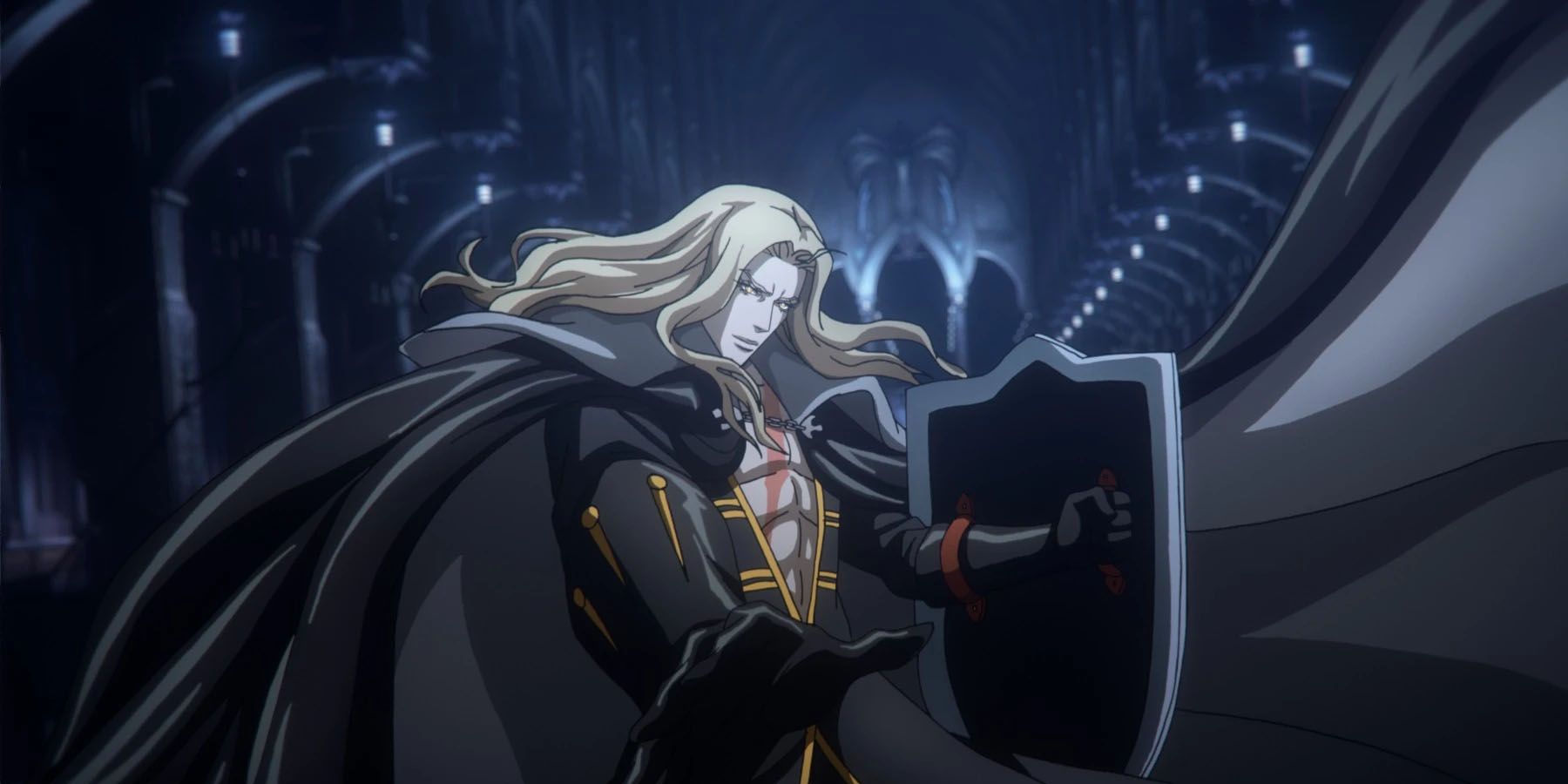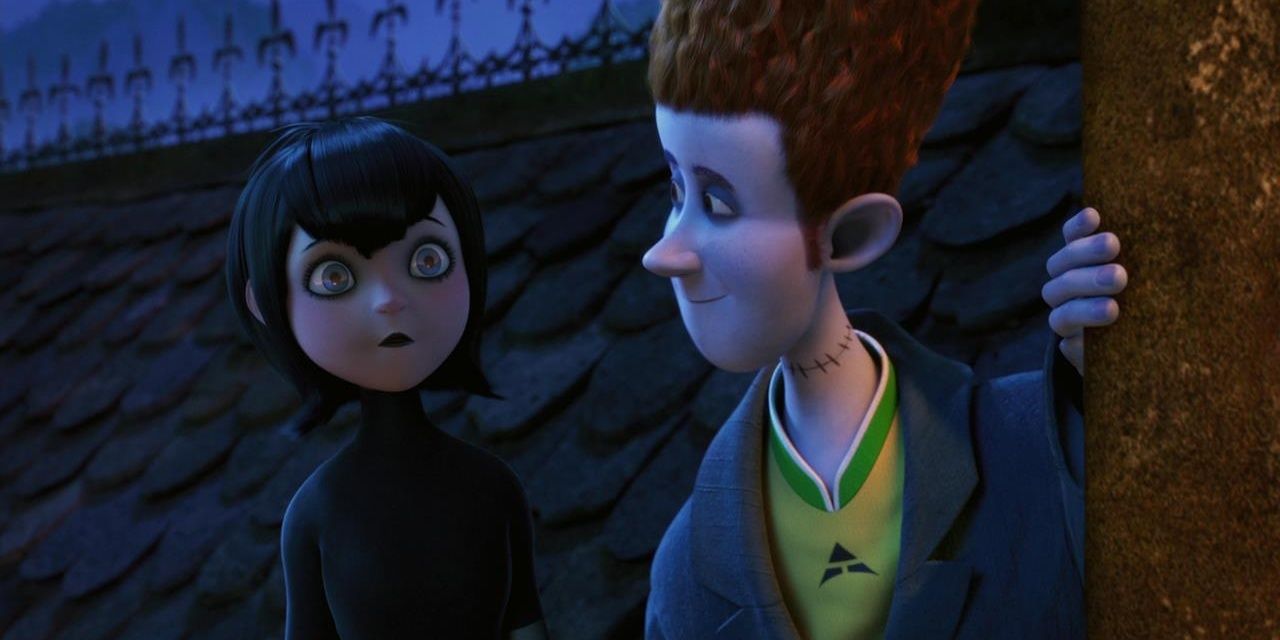Vampires are one of the most prolific monsters in the world of fiction, from the old superstition that inspired the undead to the most modern big-screen adaptations. Certain details go in and out of favor, but some concepts remain important to the lore in one form or another over the years.
Vampires may as well be their own genre at this point. Action, horror, romance, comedy, sci-fi, and beyond feature a healthy influx of vampires to keep things interesting. The rules aren't always consistent, some of them feel a bit too old-world to stick around, but at least one detail of the mythos stays key to vampire fiction today.
A dhampir (sometimes spelled dhampyr) is a child with one human parent and one vampire parent. From the earliest days of vampire superstition in Balkan myth, sexuality was a key aspect of the creature's story. Male vampires were suspected to return from their graves to seduce women, often the widows they left behind after their demise. The resulting child would have all the gifts of their vampiric parent with few or none of the cursed drawbacks. The vampiric parent is almost always male, as classic female vampires tend to be one version or another of infertile. These early tales of half-vampires can see them in various roles. Some of them are normal members of society, other myths paint them as cursed children who are doomed to short painful lives. A common trend among dhampir, even in the early days, was a position as a hunter of the vampires that plague human society.
In the classic Balkan myths, many creatures of the night were invisible. Dhampir were the only ones who could see them and could therefore do away with them. This trope has continued into the modern day, depicting the dhampir as a hunter of their own kind. Blade, Alucard from Castlevania, D, Rayne of BloodRayne fame, all these dhampirs make their living hunting down the creatures that birthed them. More often than not, the creature that sired them is their prime target. The concept of a half-vampire using their powers to defeat full vampires sounds so edgy and modern that it's fascinating to know it has its origins in ancient myth. Elements change, but the central thesis of the trope is hundreds of years old.
The level of vampire weakness that afflicts a dhampir varies based on the narrative. Most are free to go out in the sun, removing the most substantial debuff that vampirism confers on the victim. Blade is referred to colloquially as "The Daywalker", for his ability to go out in the sun. This works as a solid storytelling detail in most cases, because limiting a narrative to a strictly nocturnal schedule can be somewhat limiting. Vampires have a number of weaknesses that don't come up as often anymore, most of which hold no power over dhampirs. Garlic and silver are typically ineffective against dhampirs, allowing them to use them in their hunts. Sometimes a more obscure vampire affliction will affect their kid. Dracula's boy Adrian, who takes the name Alucard in direct opposition to his dad, isn't affected much by the sun, but he still can't easily cross running water. The game he's best known for starring in, Symphony of the Night dealt damage to any player that would try to jump a river.
There are some fictional dhampir that don't become professional killers of their own kin, but things typically go even worse for them. Vampire Hunter D features the title character, but D isn't the only dhampir in the franchise. The sixth novel introduces a character named Granny Viper, who, instead of hunting and slaying creatures of the night, uses a similar skill set to find abducted children. Known to locals as The People Finder, she's like a detective and bounty hunter who tracks down and delivers stolen kids. That series also mentions that many dhampirs give into the darker side of their lineage, and wind up on another half-vampire's kill list. Many stories feature a dhampir's birth, with the event of a half-human half-vampire child being born changing the world forever. These characters don't always make it past childhood, and some prophecy typically heralds them in.
Dhampir tend to follow very similar basic storytelling concepts with slight variations. The idea of a vampire's kid growing up to use their powers to save mankind from evil has captured the attention of audiences for generations, and it isn't going anywhere. As edgy and modern as it feels, half-vampires have been a fixture of monster stories since the earliest days of the concept. From Marvel Comics to seminal classic anime to iconic video games, dhampir is an important part of the history of vampire fiction. The Dhampir will continue to be a fixture for generations to come.



